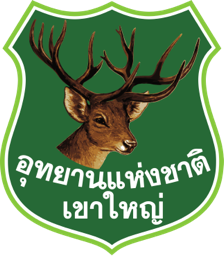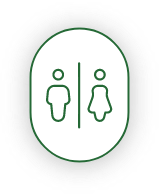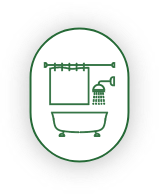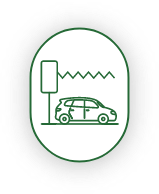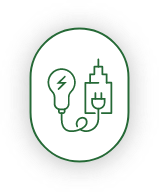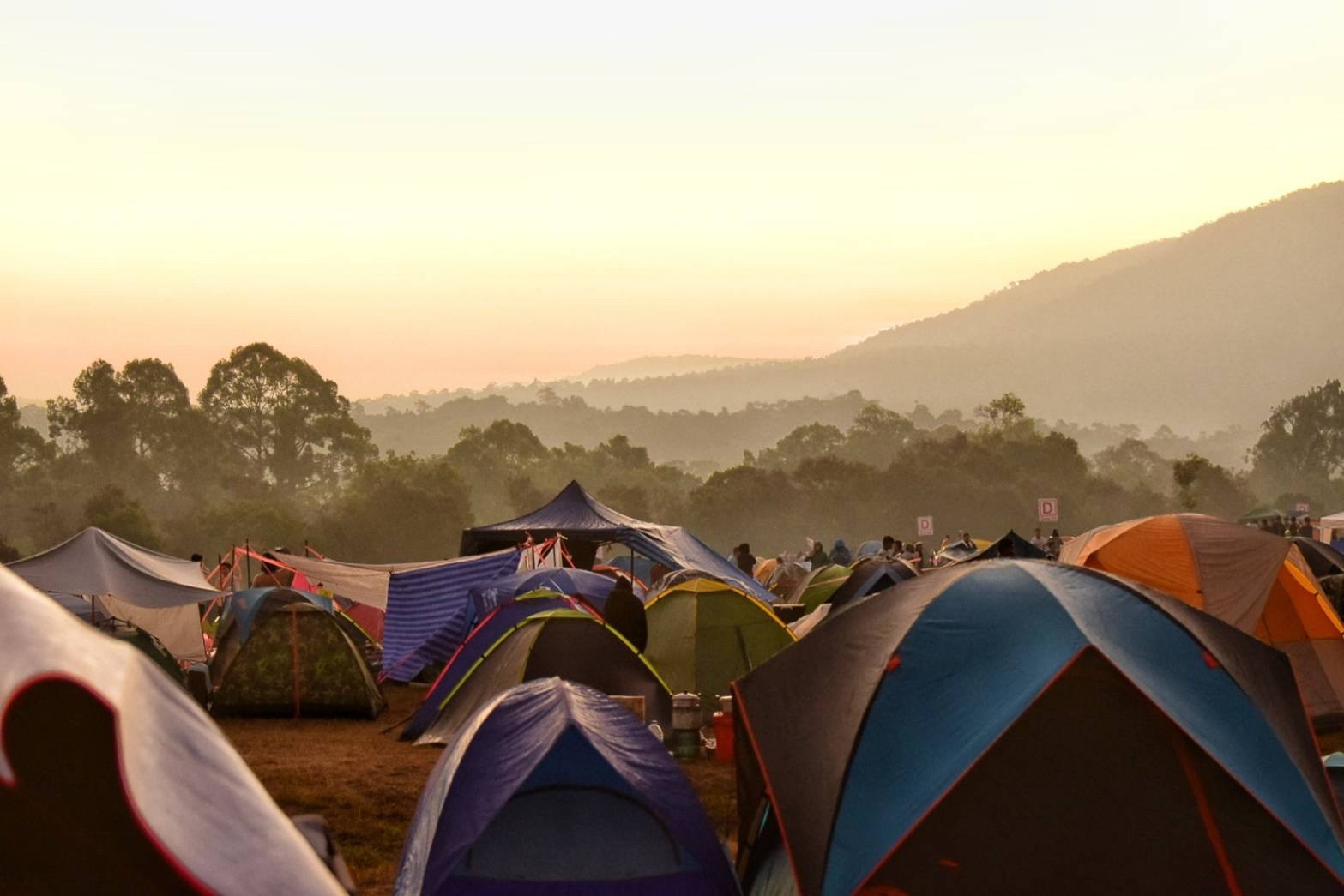
Camping
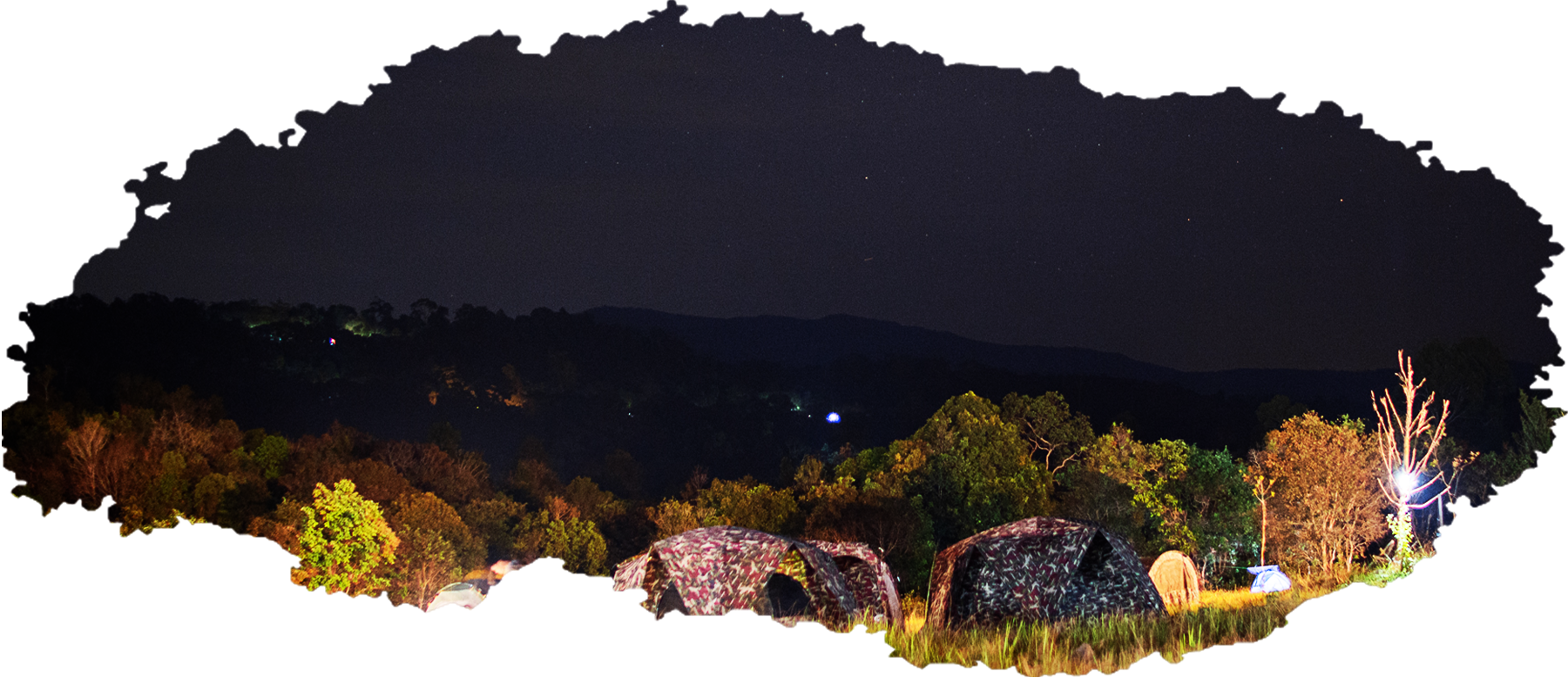
One activity which should not be missed at Khao Yai in the cool season is camping in nature, surrounded by forest and streams. It is recommended for people fleeing the urban jungle, or getting quality time with their families or friends. At night time, it is very dark as there is no light pollution, and a multitude of stars are visible all over the sky.
Khao Yai National Park currently has one open campsite, Lam Ta Khong Campground. This is a large open piece of grassland next to the river, which is home to a population of otters. It is surrounded by trees which are a habitat for monkeys and gibbons. Even deer can be observed foraging. Despite being this close to nature, the campground has every modern facility.
